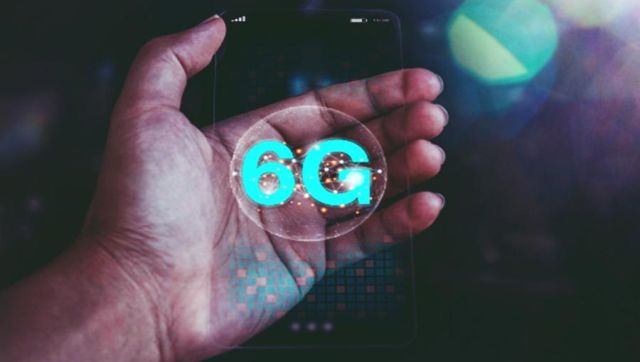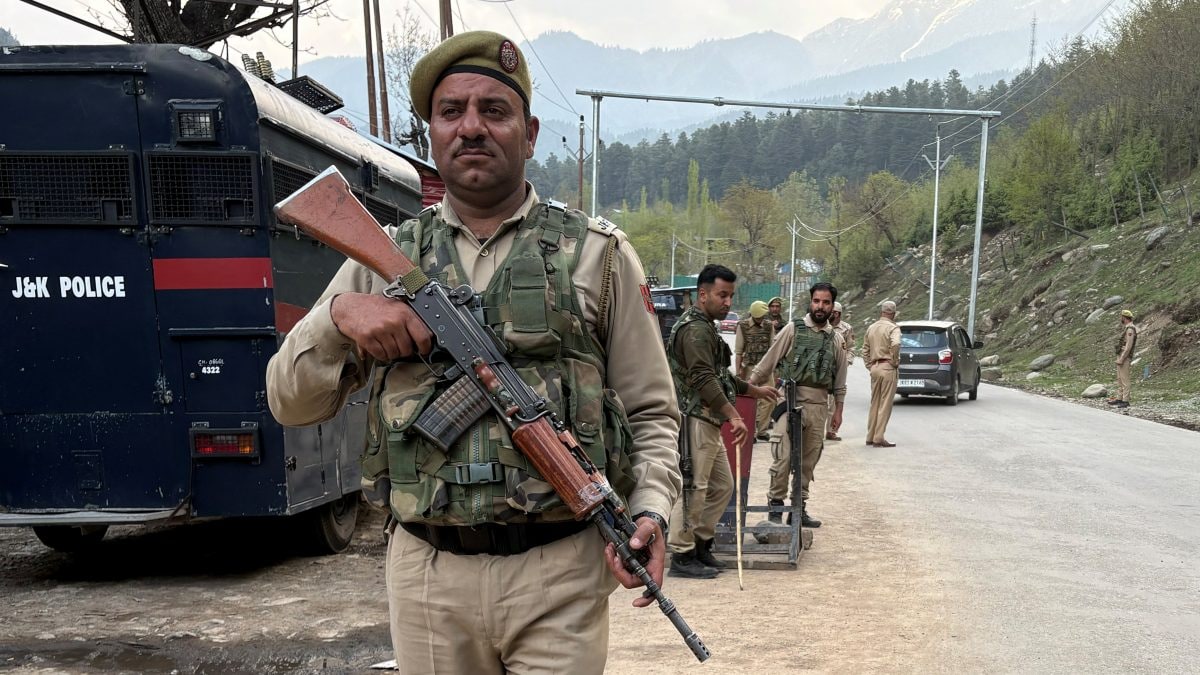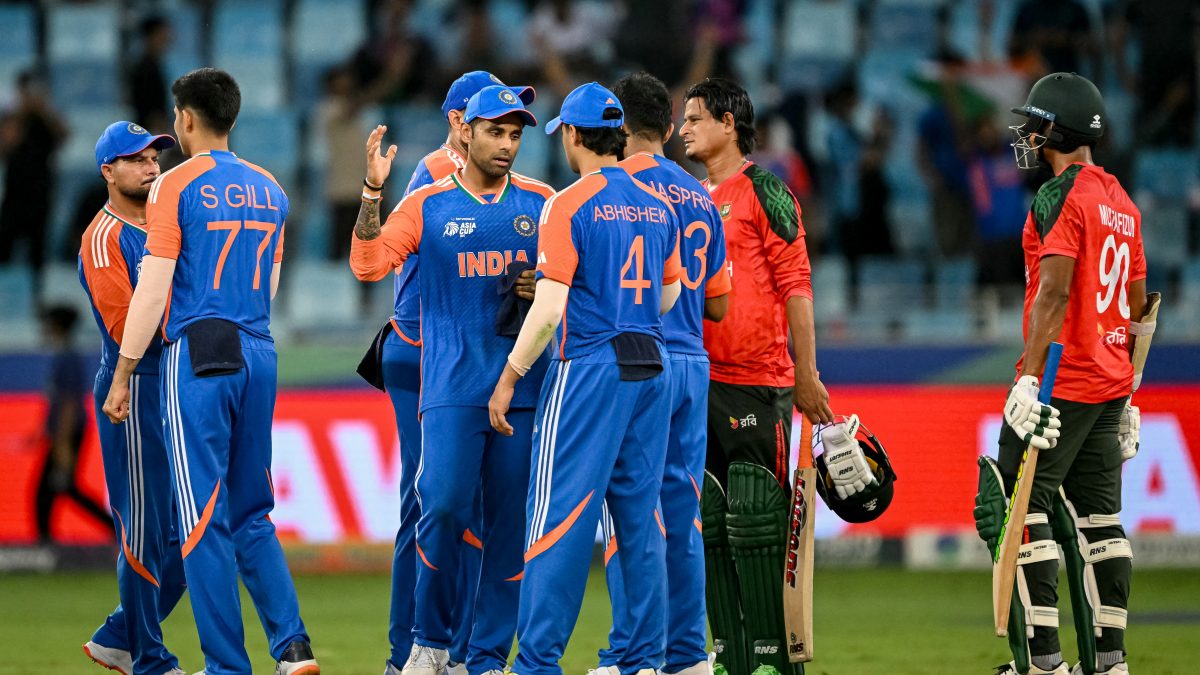Forget 5G, the 6G era is coming to India soon. That’s what Prime Minister Narendra Modi said today (15 August) from the ramparts of the Red Fort as he addressed the nation on the occasion of the 77th Independence Day.
Talking about the 6G development, PM Modi said: “We have formed a 6G task force,” adding that India had achieved the fastest nationwide rollout of 5G — with 700 districts already benefiting from the country’s 5G infrastructure.
Speaking from the historic Red Fort, PM Modi also vowed that the country, now identified as a ‘Vishwa Mitra’ would also soon be one of the three top economies in the world.
But what exactly is 6G? How is it different from 5G and when can we expect it?
What is 6G?
6G technology is the sixth generation of cellular technology that promises to provide diverse connectivity at microsecond speeds. A 6G network follows up on 4G and 5G, using higher frequency bands and agile, cloud-based networking technology to deliver record-breaking speeds and microsecond latency.
To clarify, 6G network doesn’t exist yet. However, experts believe that with 6G technology users will be able to instantaneously transfer data and do away with buffering, lags and disconnections. As Builtin.com explained, “In a similar way to how 2G gave us text messaging and 4G introduced an entire mobile app system, 6G will enhance machine-to-machine communication, creating greater interoperability in a ‘smart,’ Internet-of-Things era.”
Impact Shorts
More ShortsHowever, as India Today explains there’s more to 6G than just faster internet. 6G will link countless machines and gadgets together on land as well as in the skies. The arrival of 6G, according to experts, will blur the lines between the physical world and the digital realm.
What’s the difference between 5G and 6G?
6G technology is expected to build on the existing 5G infrastructure, surpassing it in every way. Tech pundits believe that in terms of speed, 6G will deliver one terabyte (1,000 gigabytes) of data at one microsecond, while 5G will deliver 20 gigabytes at one millisecond (1,000 microseconds).
6G will primarily serve machine-to-machine communication — simply because it’s so fast that our brains can’t perceive the difference. As Shamik Mishra, CTO of connectivity at tech consulting company Capgemini Engineering, told Built In, “For human consumption, I don’t think 6G will change anything.”
PM Modi in his Independence Day speech also alluded to how 6G would change the world. He said with 6G factories would be controlled from a distance, cars could drive and talk to each other and wearable gadgets would be able to understand human feelings.
When can we expect 6G?
As of now, there’s no fixed date on the rollout of such technology anywhere in the world. However, some experts and tech executives believe that 6G could become reality by 2030. Nick McKeown, senior vice president of the Network and Edge Group at Intel, told CNBC he sees 6G being rolled out in 2030, with standards being set a few years before.
The CTO of BT said next generations of mobile networks are usually rolled out around the Olympics and was of the opinion that 6G would be rolled out around the 2032 Olympics in Brisbane, Australia.
Neil Mawston, executive director at market research firm Strategy Analytics, said he predicted the first 6G-enabled smartphone to be launched in 2029. “The 6G race is underway,” Mawston was quoted as telling CNBC.
And work on 6G has already started. South Korea’s Electronics and Telecommunications Research Institute is working on terahertz frequency bands for faster speeds. Similarly, Japan’s Osaka University is also working on a project.
India, too, has taken steps towards the development of 6G technology in the country. Earlier this year, PM Modi launched the ‘Bharat 6G Vision’ document and the Department of Telecom instituted a task force called the Bharat 6G Alliance. India has also drawn up plans for 6G technology, with reports stating that it will be done in two phases: the first will be from 2023 to 2025 during which support will be provided to ideas and proof-of-concept tests. The second phase from 2025 to 2030 will see these ideas being tested, eventually leading to commercialisation.
What about 5G in India?
The talk to switch to 6G comes just a year after India’s 5G spectrum auction was held in July 2022. At the time, Reliance Jio—led by Mukesh Ambani—secured the highest bid at Rs 88,078 crore, followed by Airtel with a bid of Rs 43,084 crore.
Soon after, in October, 5G services were launched. In fact, PM Modi had launched the 5G services at New Delhi’s Pragati Maidan during which he had said, “5G is a knock on the doors of a new era in the country. 5G is the beginning of an infinite sky of opportunities.”
And according to an analysis by OpenSource, 5G’s availability has reached 29.9 per cent. The July report further stated that the average 5G download speeds in the country were 19.2 times as fast as 4G speeds and additionally, India witnessed an average 5G download speed of 301.6 mbps.
India has come a really long way – from the prohibitively expensive internet data in 2014, priced at Rs 269/GB to Rs 10.1/GB (2023), owing to which the country can boast of having the third lowest Average Data Tariff (per GB).
With inputs from agencies


)

)
)
)
)
)
)
)
)



